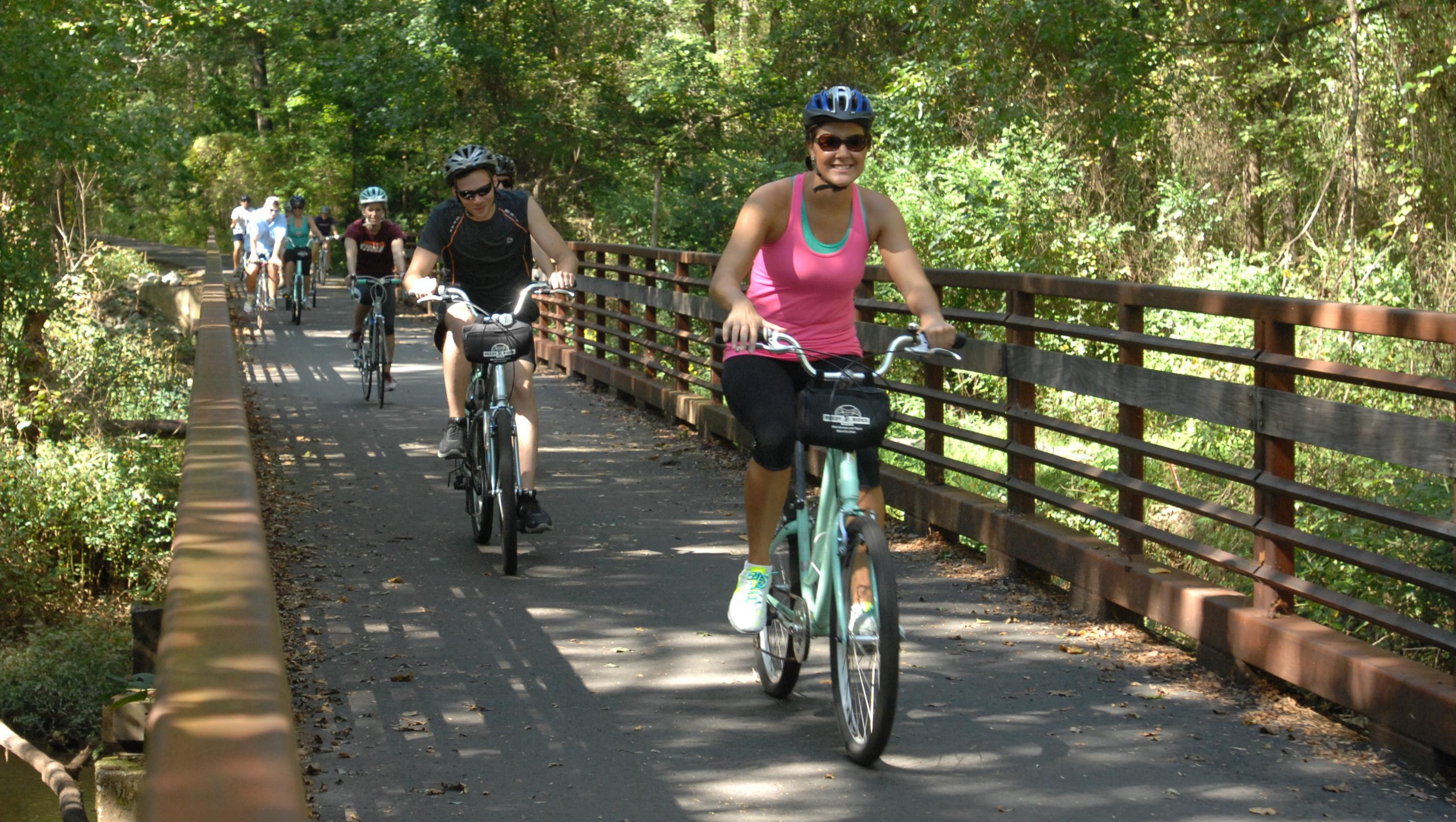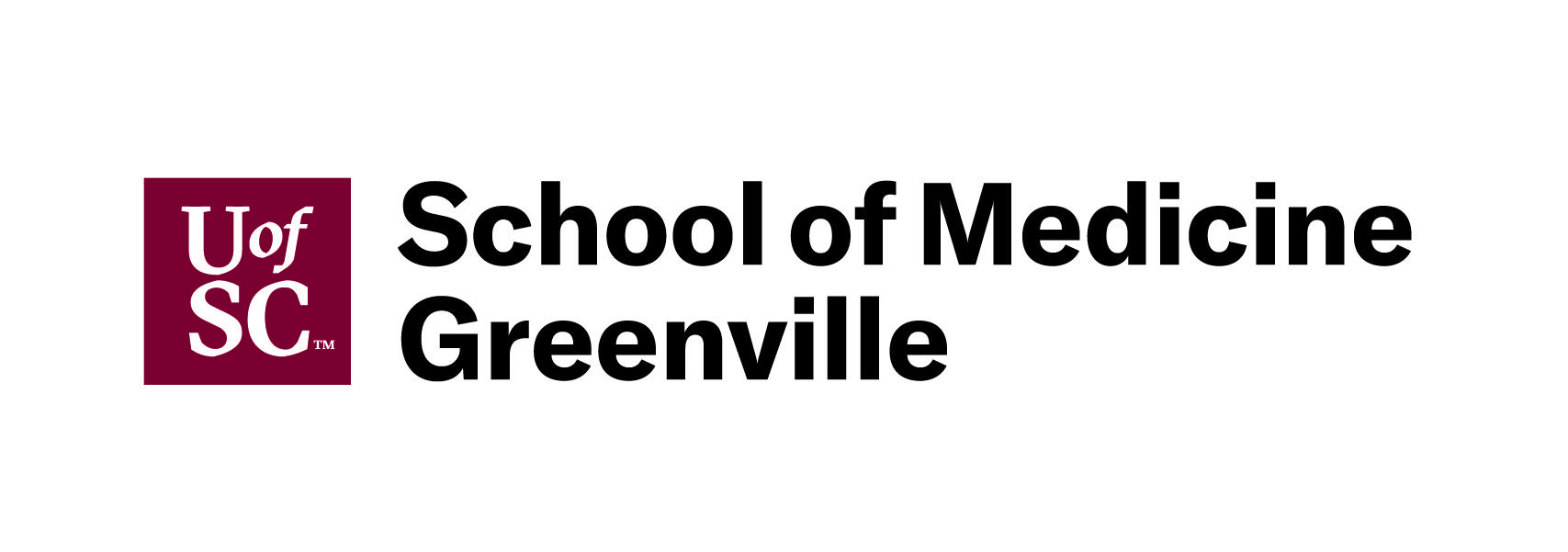
Get the latest articles delivered directly to your inbox!
Our Contributors
Class of 2022
Kyle Duke
Austin Foster
Charlotte Leblang
Ross Lordo
Class of 2021
Dory Askins
Connor Brunson
Keiko Cooley
Mason Jackson
Class of 2020
Megan Angermayer
Carrie Bailes
Leanne Brechtel
Hope Conrad
Alexis del Vecchio
Brantley Dick
Scott Farley
Irina Geiculescu
Alex Hartman
Zegilor Laney
Julia Moss
Josh Schammel
Raychel Simpson
Teodora Stoikov
Anna Tarasidis
Class of 2019
Michael Alexander
Caitlin Li
Ben Snyder
Class of 2018
Alyssa Adkins
Tee Griscom
Stephen Hudson
Eleasa Hulon
Hannah Kline
Andrew Lee
Noah Smith
Crystal Sosa
Jeremiah White
Jessica Williams
Class of 2017
Carly Atwood
Laura Cook
Ben DeMarco
Rachel Nelson
Megan Epperson
Rachel Heidt
Tori Seigler
Class of 2016
Shea Ray
Matt Eisenstat
Eric Fulmer
Geevan George
Maglin Halsey
Jennifer Reinovsky
Kyle Townsend
Join USCSOMG students on their journeys to becoming exceptional physician leaders.

The Value of Lifestyle Medicine
Today’s “Transforming Medical School Blog” is a question-and-answer entry from Dr. Jennifer Trilk about the value of Lifestyle Medicine in today’s healthcare environment.
Question: Would you define “Lifestyle Medicine” for readers?
Answer: Certainly. “Lifestyle Medicine” incorporates the counseling of healthy human behavior, such as physical activity and good nutrition, into the standard practice of physicians to help decrease the morbidity, mortality and healthcare costs related to non-communicable chronic diseases (NCDs). These NCDs, which include obesity, heart disease, type 2 diabetes, and many forms of cancer, have been scientifically demonstrated to be prevented and/or positively treated when Lifestyle Medicine is incorporated.
Q: When did teaching healthy nutrition, exercise and other disease-avoidance topics become essential in medical schools?
A: Probably from the time that medical schools first opened their doors. Seriously, I have colleagues who have been heralding this endeavor for close to 20 years. It is just recently, due to the evidence-based data discussed above, that medical schools are starting to listen and understand the importance of Lifestyle Medicine in medical education and physician standard-of-care practice.
Q: Promoting a healthy lifestyle is really a no-brainer. So what are the major obstacles for physicians to abandon the current model of medicine which only worries when “something is broken?”
A: Physicians who have previously been surveyed about their reluctance to counsel cite lack of time, poor reimbursement, lack of confidence and deficiency in their own personal levels of fitness. Subsequently, many physicians currently are ill-equipped to effectively counsel patients on lifestyle medicine for prevention or treatment of NCDs.
Q: How is the USC School of Medicine Greenville training future physicians on the value of Lifestyle Medicine?
A: USC SOM Greenville truly is a new school of thought. We fully integrate Lifestyle Medicine as required sub-curriculum into all four years of the undergraduate medical curriculum. We have full support of our dean, the administration, and the faculty, which has been an essential and of tremendous help. It also makes for very interactive and “fun” sessions.
Q: USC School of Medicine Greenville students have to be role models if they’re going to promote fitness, healthy eating, behavior change and the like. How is the School of Medicine helping students literally walk the walk?
A: This is essential in my eyes. The incoming 2017 class all started their year by having a fitness assessment at the GHS Life Center facility. Also, we have faculty-led external activities including the USC SOM Greenville Running Club, Cycling Club, Yoga Club, soccer tournaments, and also have the student-led organic garden. This modeling encourages our students to stay healthy and remember the importance of physician self-care.
 About Jennifer Trilk
About Jennifer Trilk
When Jennifer is not a clinical assistant professor of physiology and exercise science at the University of South Carolina School of Medicine Greenville, she is an avid cyclist, runner and equestrian.
Transforming Medical School Blog
Copyright 2021 USC School of Medicine Greenville

